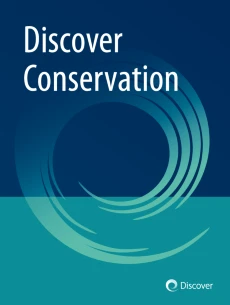Anthropogenic disturbances are the primary drivers of global mammal biodiversity loss. The ongoing sixth mass extinction, referred to here as defaunation, is expected to significantly alter biodiversity, with detrimental effects on ecosystem services and human well-being. Projections of species extinction often indicate range contractions, as well as upslope and poleward shifts in species distributions. Studies have shown that human-driven disturbances reduce the abundance and distribution of habitat specialist species, while allowing generalist and abundant species to expand their ranges and populations. Additionally, these shifts in mammal species distributions due to anthropogenic factors can facilitate the colonization of invasive species. In the Neotropics, one of the richest regions on the planet, anthropogenic activities are the leading cause of mammal biodiversity loss. These disturbances result in the downsizing of mammal populations, with some studies suggesting a biomass compensation by smaller mammals, particularly rodents. This phenomenon, referred to as the “Gulliver Syndrome,” is characterized by a disproportionate increase in small mammals compared to medium and large mammals, which impacts various ecosystem functions, services, and ultimately, human well-being. In this topical collection we aim to highlight papers that identify and quantify the magnitude of defaunation and the main anthropogenic drivers of mammal biodiversity. We invite submissions of either review or original research articles that may cover a broad range of mammal biodiversity but that focus on how defaunation affect mammals. We also particularly welcome papers that discuss the ecological consequences of the shift and loss on mammal biodiversity and stimulate a debate on how to revert the loss of mammals to restore biodiversity and ecosystem functions and servics.in the Neotropics.
Keywords: Mammals, Biodiversity, Defaunation, Anthropogenic factors, Trophic cascade, Ecosystem functioning, Conservation Biology, Habitat loss, Protected areas, Neotropics.
This Collection supports and amplifies research related to SDG 12, SDG 13, SDG 15, and SDG 17.



